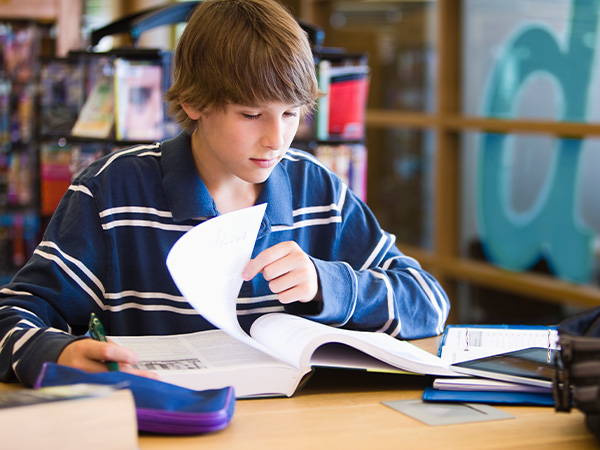
Grade:
Topic:
Unit:


In this lesson mini, students learn key research vocabulary and skills to evaluate sources. They distinguish between primary and secondary sources, analyze bias and perspective in historical documents, and assess the credibility, relevance, and potential bias of various information sources. Through interactive activities, students develop critical thinking skills essential for effective research and information literacy.

Minutes
Minutes
Minutes
Minutes

Check out Britannica Studio, your teacher-first AI workspace that turns Britannica’s verified, standards-aligned content into engaging, differentiated, and student-ready materials in minutes.
Level-up current events into dynamic learning!